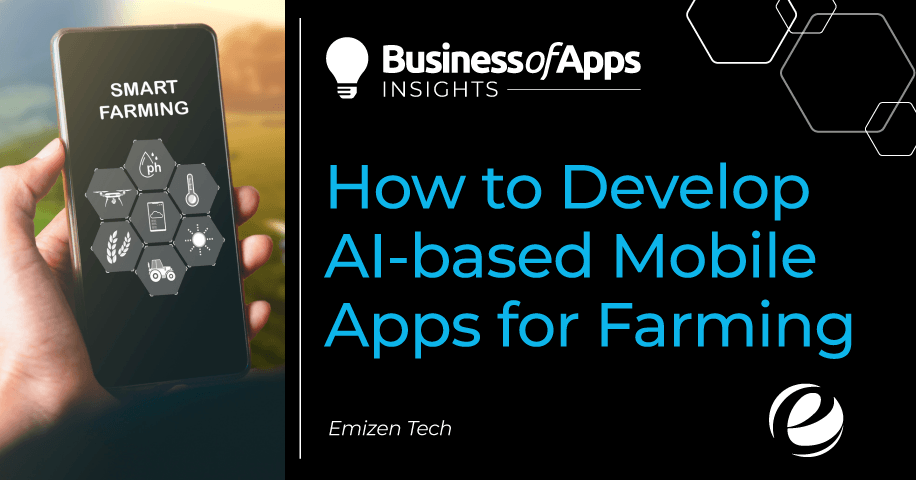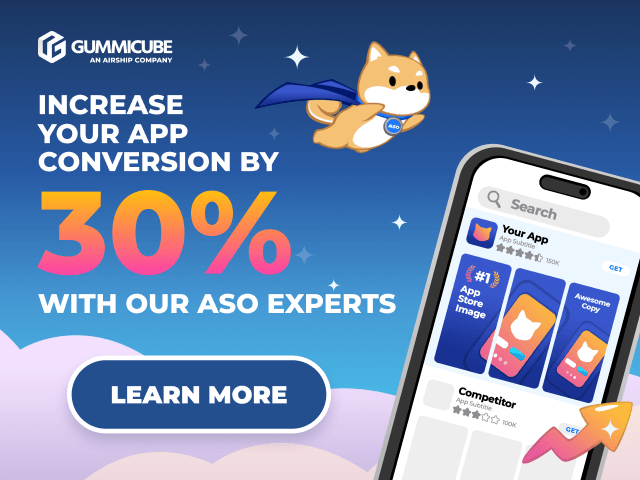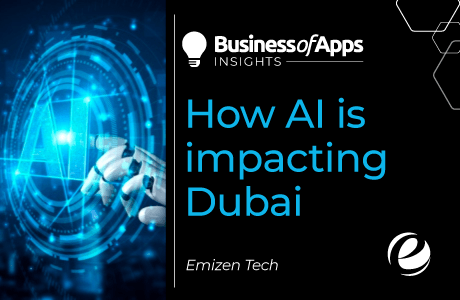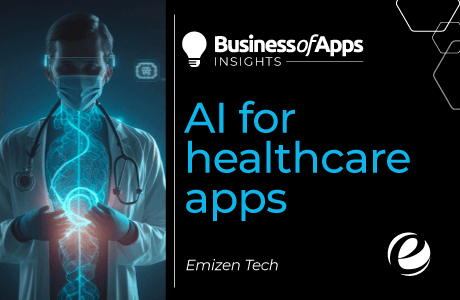Like in tech, retail, banking, healthcare, and more, artificial intelligence is impacting the agricultural industry. This sector is experiencing increased pressure to maximize yields and increase crop production.
AI is on its way to revolutionize the entire industry soon. This year, AI in global agriculture was valued at around $1.7 billion and will likely reach $4.7 billion by 2028.
When the climatic conditions don’t work in favor of farming or controlling pests, streamlining agricultural jobs, and monitoring soil conditions, the latest technologies and AI-based applications come into play. Today, you will find various AI-infused apps running successfully, aiming to meet different farming requirements and fight various problems.
If you are also devising to build one, you can step in right away with an AI-enabled app. But which segment of the agriculture market would be best to start with?
This post will discuss the types of AI-powered mobile apps that you can develop for the industry. Let’s get the ball rolling!
AI in agricultural industry: Latest facts and figures
First, look at the latest agriculture market stats being transformed by AI.
- Artificial Intelligence in agriculture is anticipated to reach $10.2 billion in revenue by 2032 with a CAGR of 24.5%.
- In this sector, AI is deployed chiefly in livestock, indoor farming, and livestock, as recorded in 2019.
- The main farming type in the sector where AI is used the most is field farming, which has a market share of 60% or more.
Many facts and figures will highlight the enhancement of the agriculture sector by including AI and other latest technologies.
Best AI-powered mobile app ideas for the agricultural industry
With the advancement of AI, we can predict the development of more useful and innovative apps ahead.
Let’s learn about some top AI-powered mobile app ideas you can build for the agriculture industry.
Crop and soil monitoring
The right combination of nutrients in the soil leads to healthy and rapidly growing crops.
The participation of AI in identifying these nutrients and considering their impacts on crop yield will help farmers make essential adjustments.
Computer vision (a field of AI) models gather plant data by soil monitoring and use it to determine crop health and predict yields.
Apps to develop in this segment
- Soil monitoring app
- Crop health prediction app
Address damage in irrigation systems
AI algorithms analyze data and identify patterns and anomalies to detect potential leaks and damages. Also, real-time monitoring and analysis help prevent water waste that may lead to potential crop damage.
Besides crop water requirements, AI includes weather data to identify the areas demanding more water.
Apps to develop in this segment
- Resource conservation app
- Water leak-detecting app
- Real-time monitoring and analysis app
- Potential crop damage detecting app
Detect pests and diseases
Besides soil quality and crop growth detection, computer vision locates the presence of diseases or pests. AI can help scan crops for rot, insects, mold, or other health threats.
This way, farmers can act quickly to separate infected crops or eliminate pests to prevent disease spread.
Apps to develop in this segment
- Crop disease detection app
- Pest detection app
Monitor livestock health
Like AI-powered apps help detect crop health, it can monitor livestock health. AI-infused drones or cameras monitor cattle health in real time and detect their health by identifying their activities. This way, farmers can see their cattle’s well-being to increase milk production.
Apps to develop in this segment
- Livestock health monitoring app
Yield mapping and prediction
Using ML algorithms, the agriculture industry can perform real-time dataset analysis to perform yield mapping for better planning.
The AI-powered drones collect data that facilitate precise analysis. This way, the farmers can accurately anticipate the future yields for specific crops, when to sow seeds, and where to sow.
Apps to develop in this segment
- Yield mapping and analysis app
Automatic harvesting and weeding
Computer vision is best at detecting weeds and unwanted plant species like it marks diseases and pests. Machine learning with computer vision analyzes leaves’ size, color, and shape to pick out weeds from crops.
Using such solutions to program robots can conduct robotic process automation (RPA) tasks, like automatic weeding.
Apps to develop in this segment
- Weeds identification app
Sort produce into categories
Here, computer vision also segregates the yields into distinct categories. Traditionally, manual sorting modes opted to separate yields for offering customers at different prices.
Top AI apps in the agricultural industry
It may be a new venture for some of you to adopt AI in agriculture. Still, while discovering more, you will find most merchants and farmers already enjoying the benefits of the latest trends and technologies.
Let’s know some of the top AI-powered mobile apps ruling the agriculture industry.
AgriApp: Smart Farming App
Rating: 4.3
Downloads: 1M+
Top features
- Soil testing
- Weather forecasts & real-time updates
- Online marketplace for farming essentials
- Diverse crop guides
- Free crop advisory access
- Multilingual support
- Secure payments
- 24/7 customer support
- Authentic product guaranteed, etc.
Plantix: Your crop doctor
Rating: 4.2
Downloads: 10M+
Top features
- Free crop diagnosis
- Use fertilizer calculator
- Quick crop treatment
- Get cultivation tips
- Expert guidance
- Weather forecast
- Crop advisory
- Cro disease recognition
- Real-time updates, etc.
Home Garden
Rating: 4.2
Downloads: 10K+
Top features
- Purifies air
- Increases productivity
- Indoor cooling
- Complete guide for fruits, vegetables, indoor plants, etc.
Outgrow: Farming solutions app
Rating: 4.4
Downloads: 100K+
Top features
- Pest and disease detection
- Real-time market prices of crops
- Irrigation management
- Crop information
- Soil testing
- Call and chat support
- Spray management
- Crop protection
- Disease prediction
- Weather update
Challenges of AI in the agriculture industry
Tech knowledge is one of the biggest challenges of using AI in this industry. The typical users of such apps would be farmers, and expecting them to have some relevant knowledge would be like squeezing water from a stone.
Unwillingness to accept technological advancements
Farmers would find it tricky to accept the transformation and hesitate to adopt new trends and technologies.
Solution
They need to understand that reaping the benefits of such advancements is only a few training sessions away. Governments can drive some measures and approaches to ensure that it’s one of the best ways to make the most out of their farming despite a threat.
Privacy and security issues
AI-based systems are prone to hackers aiming to disrupt food supplies. This is only an example of security threats that may result from using AI-infused solutions.
Solution
Regulations relevant to AI usage across varied industries, including agriculture, should be announced.
Lack of training and ongoing support
Considering the agricultural sector worldwide, technological improvements varied depending on different countries. In regions where futuristic technology is uncommon, it creates hurdles in making the best use of AI.
Solution
Tech companies planning to start a business in regions with evolving agricultural economies may need to adopt proactive approaches. They should offer training and ongoing support to agribusiness owners and farmers who are set to adopt innovative solutions.
Large upfront costs
While AI solutions can be the best and most cost-effective long-term, we agree that they are expensive for beginners. So, it can be tricky for agribusinesses and farms for now, specifically for small-scale farmers from developing countries.
Solution
Businesses and other entities interested in investing in AI solutions for agriculture may explore funding resources, like private investment or government grants.
Future prospects of AI in the agriculture sector
While already attracting advancements across varied industries, AI will never stop at any edge. With time, more and more merchants will opt for AI-powered mobile app development services to give a push to their innovative business ideas.
But, the chief concern here is to constantly work on bridging the gap between technologists and farmers. We agree that the agriculture industry is approaching a more tech-centric future, but communication is still essential to establish trust and promote transparency.
AI holds a bright future in agriculture. While resolving the biggest challenges modern farmers face while feeding the world, AI will always bring the most value to the users.











